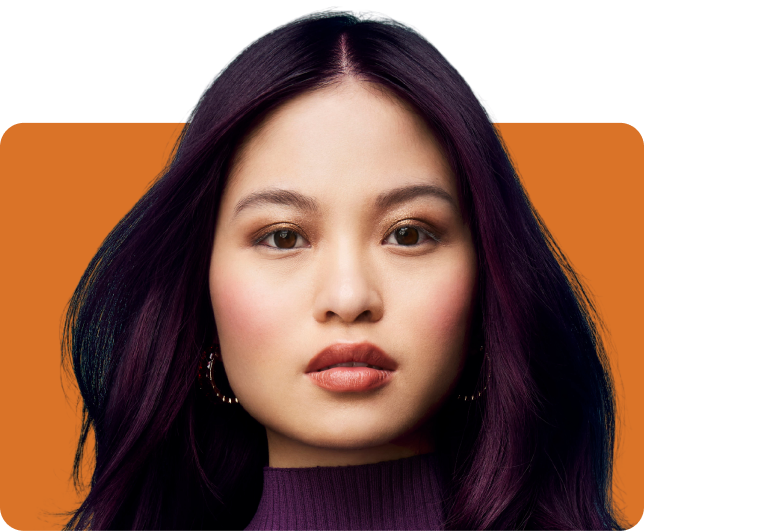What Is Reverse Balayage and How to Do It?
Reverse balayage is a fresh take on a popular technique, gaining attention for its ability to add depth and dimension to your hair color. Unlike traditional balayage, which involves painting lighter highlights on the lengths of the hair for a sun-kissed look, reverse balayage incorporates darker tones to create a rich, multidimensional appearance. It’s an ideal choice for those transitioning from lighter shades while maintaining a soft, natural-looking finish. If you’re curious about reverse balayage and how it can elevate your style, you’re in the right place.
What’s a Reverse Balayage?
Reverse balayage is essentially the opposite of the traditional balayage technique. While balayage is about lightening strands to achieve a soft, gradient look, reverse balayage brings darker shades into play. Instead of going lighter, this method involves adding depth and shadow to your existing lighter color. If you’re blonde and looking for a low-maintenance way to soften your color and go a bit deeper, reverse balayage blonde might just be your perfect match.
The beauty of what a reverse balayage offers lies in its ability to add richness and dimension to lighter hair. It's a wonderful option for those who want to add some contrast without going for dark all-over color.
What does it look like in real life? Imagine taking a solid, bright blonde and adding deep, rich lowlights that give the hair an entirely new dimension. It’s not about erasing the blonde, but instead, enhancing it by creating contrast. The end result is a much more natural and sophisticated look with an effortless, blended finish.
So, if you feel your hair is one-dimensional, a bit too light, or washed out, reverse balayage might be your go-to. After the process, you’re left with a balanced combination of light and dark tones that play beautifully with one another. It's a subtle change that makes a huge impact.
















